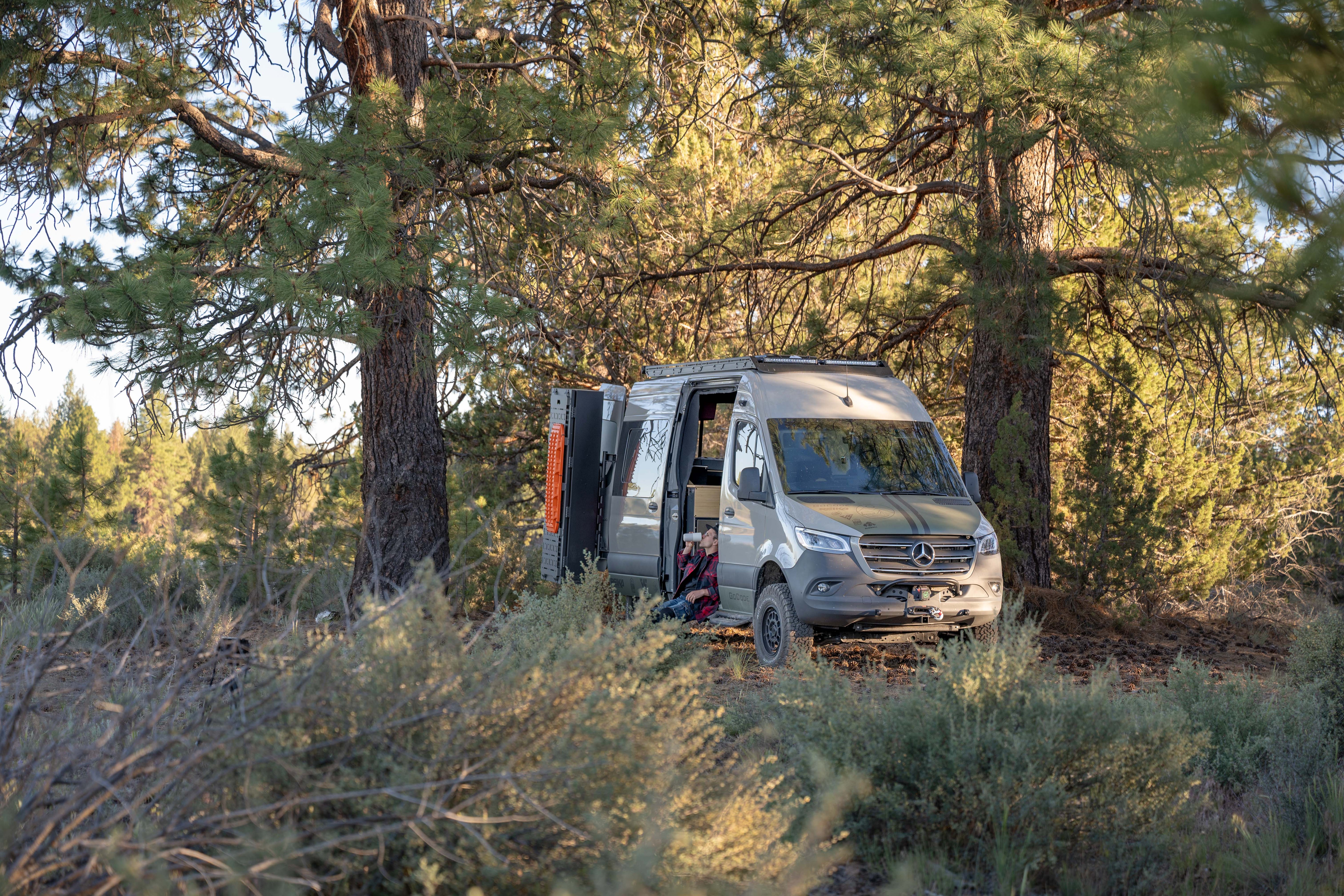The history of campervans, or compact camping vehicles, is a fascinating tale of human ingenuity and the pursuit of freedom of travel. From humble beginnings in the first half of the 20th century, through dynamic development in the second half of the century, to modern, technologically advanced designs, campervans have come a long way in evolution.
Beginnings: 1930s and 1940s
The first attempts to adapt cars for living purposes took place in the 1930s. Travel enthusiasts began experimenting with extendable roofs and tents mounted on vehicles to increase usable space. At that time, car roofs were not rigid enough to sleep on, so various innovative solutions were used, such as fabric-covered, extendable sides of vehicles.
1950s and 1960s: The Birth of an Icon
After World War II, there was an economic boom that encouraged the development of car tourism. In 1950, Volkswagen introduced the Transporter model, also known as the VW T1 or "Bulli". This vehicle became an icon of the hippie movement and a symbol of freedom. Its spacious interior and simple design made it an ideal base for conversions into a campervan. Versions with a lifting roof soon appeared, which allowed for the creation of additional sleeping space.
1970s and 1980s: Rise of popularity
In these decades, campervans gained popularity in Europe and North America. Companies specializing in professional camping conversions appeared, offering such amenities as built-in kitchens, bathrooms and heating systems. The technology of lifting roofs was improved, which allowed for comfortable travel and sleeping for more people.
90s: New technologies and comfort
As technology has advanced, campervans have become more comfortable and functional. Modern electrical systems, better thermal insulation, and more efficient drive systems have been introduced. Manufacturers have begun to offer a variety of interior layouts, tailored to individual customer needs.
21st Century: Personalization and Luxury
Modern campervans are often luxury vehicles equipped with the latest technology. Solar panels, energy management systems, advanced navigation systems and satellite internet are just some of the available amenities. More and more emphasis is being placed on personalization - companies offer custom-made conversions, adapted to the individual needs of customers.
4x4 Campervans: Combining Adventure with Comfort
In recent years, the popularity of 4x4 campervans has been growing, combining off-road capabilities with the comfort of a mobile home. Such vehicles allow for exploration of hard-to-reach places, far from the beaten track, without giving up comfort. Companies specialize in building and adapting such vehicles, offering solutions for off-road and wild camping enthusiasts.
The evolution of campervans from simple, amateur conversions to modern, technologically advanced vehicles reflects the changing needs and expectations of travelers over the years. Today, campervans are not only a means of transport, but above all a lifestyle, a symbol of freedom and independence in discovering the world.




Share:
Tips for planning and preparing for a campervan trip
Advice for beginners: how to start your campervan adventure?